The Gravity of Flamenco
Notes from the Director’s Desk
I use the word gravity not in the sense of groundedness or our relationship to this physical force while we move, but its use as an adjective: extreme importance and seriousness.
When talking with a student after a class the other day, somehow we began reminiscing of teachers we’d had (for her, in Bharatanatyam) who used a cane to keep the rhythm, but also sometimes to throw across the room in anger when students weren’t executing a step correctly.
One of the best teachers I’ve had in flamenco, albeit for just a short period in Madrid, was Merche Esmeralda. She taught with a cane. She smacked my elbow once to get me to pull it backwards (an essential aspect of the flamenco aesthetic, and guess what, I never let it slide forward again). She’d become angry if I didn’t dance at 100%, even a step I’d just learned and was trying to figure out. And that forced me to give everything I had in her class. Sometimes we all need that push - someone who won’t let us settle for less than our best at every moment.
Outside of class, many of my fellow dancers would be shocked when I said I was taking Merche’s class. She was crazy. It was for beginners, they’d say. And yet, I grew more in that class in a month than in many other classes where I studied for longer. Why? Because she cared and stood for the integrity of flamenco. Her cane throwing was a sort of tough love both to the students and for the art form. There was a sense that to give anything less in class other than all you had was disrespectful.
I don’t really support hitting or throwing things in class (though it worked for me as a student), but the idea that flamenco is not something to be taken lightly does need to be communicated to students.
Another teacher I had, Andrés Marín, didn’t let anyone into his classes - he’d give you a free trial class, and if you showed you had a high enough level, he’d let you continue. He probably could’ve made more money letting in everyone, but the integrity of the class was more important.
Maybe as teachers we go soft because we don’t want to upset students, many people in classes aren’t trying to dedicate their whole life to flamenco, or we worry about losing just one student and the lost income.
Serious study of flamenco isn’t for everyone. That doesn’t mean flamenco isn’t for everyone - I believe it is, but in all settings a reverence and respect for the form is needed.
I’m not sure how this can be communicated to students - perhaps it is shown rather than stated. From a teacher’s attitude and professionalism, an unwillingness to settle, knowing the history of the form. The flamenco studio is a hallowed space where centuries of flamenco wisdom gets passed forward for the tradition to be continued.
I’ve tried to separate an intensive study of flamenco from the more popular forms by offering classes in each. Mondays, we offer rigorous technique and repertory classes for those who want to form themselves as flamenco dancers; Wednesdays we offer what I’ve termed “flamenco lite” - rumbas and Sevillanas. We still teach the latter in its correct technique and musicality, but the point is to be able to participate in the fun, fiesta style dances.
Part of communicating flamenco’s gravity is sharing these stories of our teachers and the lineage - the generations of blood, sweat, and tears - that have given shape to this art form.
We need to remember flamenco took hundreds of years to form, so not only are we continuing a tradition, but a tradition that formed as resistance to forces that wanted to stop it.
Yet, the gravity of flamenco needs to be communicated to students. And that’s especially true outside of Spain.
